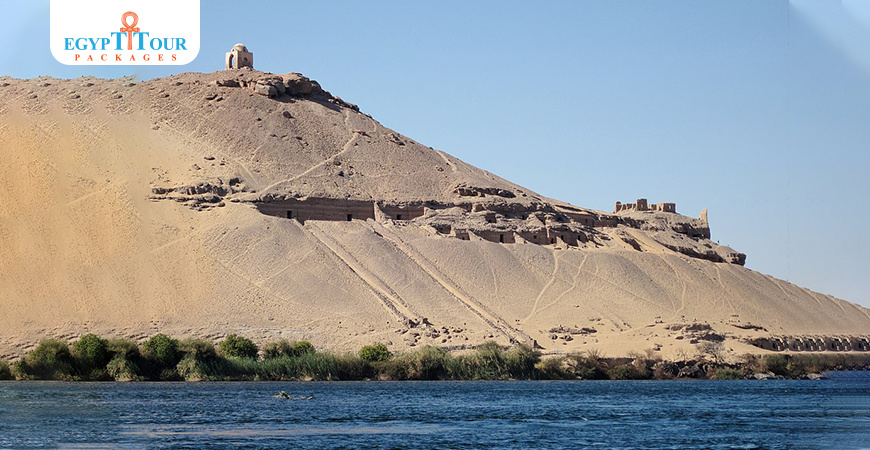
Qubbet el Hawa
Qubbet el-Hawa is a site on the western bank of the Nile, opposite Aswan, that serves as the resting place of ancient nobles.
Qubbet el Hawa
Qubbet el-Hawa is a site on the western bank of the Nile, opposite Aswan, that serves as the resting place of ancient nobles. Qubbet el-Hawa is a site on the western bank of the Nile, opposite Aswan, that serves as the resting place of ancient nobles and priests from the Old and Middle Kingdoms of ancient Egypt. The necropolis in use from the Fourth Dynasty of Egypt until the Roman Period. The site was inscribed on the UNESCO World Heritage List in 1979 along with other examples of Upper Egyptian architecture, as part of the "Nubian Monuments from Abu Simbel to Philae.
These ancient tombs are roughly cut from the natural rock, and though they are not as well preserved as some of those to be visited in the Luxor or Cairo areas, these show fine examples of hieroglyphic texts detailing the careers of their owners as well as scenes of daily life in the earlier periods. Tombs of this period are usually fairly inaccessible in most places south of Cairo. Many of the tombs in the Qubbet el-Hawa is a site on the western bank of the Nile, opposite Aswan, that serves as the resting place of ancient nobles. Qubbet el-Hawa necropolis of nobles are linked together as family members added their own chambers. The tombs are still being excavated, though significant finds were made in 2014 and 2017. Most of the tombs in the princes' cemetery follow a simple plan, with an entrance hall, a pillared room and a corridor leading to the burial chamber.

Qubbet el-Hawa
On the hilltop above the Tombs of the Nobles lies this Qubbet el Hawa small domed tomb, constructed for a local sheikh or holy man. The steep climb up is rewarded with stunning views of the Nile and the surrounding area.

The Tombs Of The Nobles In Aswan
There have been about 100 tombs discovered as of July 2022. The official website of the Egyptian Ministry of Tourism and Antiquities writes that the inscriptions on the walls of the tombs here highlight the importance of the role's nobles played during this period of history, such as launching exploratory and commercial voyages and leading military campaigns.

Tombs of the Nobles
-Tomb of Sarenput I (QH36):
One of the largest and most beautiful tombs of the Middle Kingdom on the hill of
Qubbet el-Hawa is a site on the western bank of the Nile, opposite Aswan, that serves as the resting place of ancient nobles. Qubbet el-Hawa
is that of Sarenput I. Sarenput lived during the Middle Kingdom (2055 - 1650 BC) reign of Senuseret I. The biographical inscription, which Sarenput left in his tomb, well shows how this powerful character considered himself. Sarenput held several titles such as mayor of Elephantine, overseer of the priests of Satet, overseer of the foreign lands and many others.

Aswan tombs of the nobles
-Tomb of Sarenput II (QH31):
Sarenput II was a Governor during the reign of Amenemhat II (twelfth dynasty, Middle Kingdom).Sarenput II was the Overseer of the Priests of Khnum and Commander of the Garrison at Elephantine during the reign of Amenemhet II from the XII Dynasty.

Tomb of Sarenput II
The Tomb of Sarenput II Carved in the rocks of the hill on the western bank in front of the city, his tomb is one of the best preserved tombs in Aswan. It consists of a large chamber with six carved and undecorated columns. Between the second and third pillar, there is an offering table that has inscriptions with the name and titles of Sarenput II. The Chamber leads to a gallery with six niches each which once contained mummiform statues of the deceased. The gallery's columns were decorated with images of Sarenput, while the scenes on the walls depict his wife, the Priestess of Hathor, and other family members on plaster and painted in vivid colors. On the front wall of the gallery, there is a colorful text that tells the biography of Sarenput. We can still see the grid-lines, once were being used by the artist in his work.

Roman Fortifications
As the cemetery was in use since the Old Kingdom era till Roman times, several administrative or defensive structures, were constructed here during the Roman period.

nobles tombs aswan
-Tomb of Herkhuf (QH34):
Harkhuf served under kings Merenre I, fourth king of the 6th Dynasty (2255-2246 B.C.) and Pepi II, the last powerful king of the 6th Dynasty He was appointed governor of Upper Egypt. His primary business was trade with Nubia, and preparing the ground for an Egyptian expansion into Nubia. He led four major expeditions to Nubia. The tomb of Herkhuf was carved at the end of the 6th dynasty, during the reigns of Merenre and Pepi II. What is immediately noticeable about it is the vast body of texts, which decorate the external facade. The interior comprises a single, fairly small room with four decorated pillars. A square-section tunnel leads to the crypt.

Qubbet El-Hawa in Aswan Egypt
Qubbet El-Hawa at night and a beautiful view of Aswan from the top of the mountain.

Dome of Abu Al-Hawa
-How To Reach This Site ?!
From Cairo: By Flight from Cairo to Aswan and take a car from Aswan Airport to Qubbet el Hawa.
From Hurghada is a popular beach destination in Egypt, located along the Red Sea coast. It is well-known for its scuba diving opportunities. Hurghada : By Car The driving route is 516 km and it takes 6 hours 37 mins.
From Luxor: By Car The driving route is 234 km and it takes 3 hours.
- If you want to go to this wonderful place and see these beautiful monuments, you can book a private trip to Aswan Qubbet el-Hawa is a site on the western bank of the Nile, opposite Aswan, that serves as the resting place of ancient nobles. Qubbet el-Hawa with us and enjoy the wonderful views of beautiful Aswan from above Qubbet el-Hawa is a site on the western bank of the Nile, opposite Aswan, that serves as the resting place of ancient nobles. Qubbet el-Hawa Mountain.

Post A Comment
Your Email Address Will Not Be Published.








































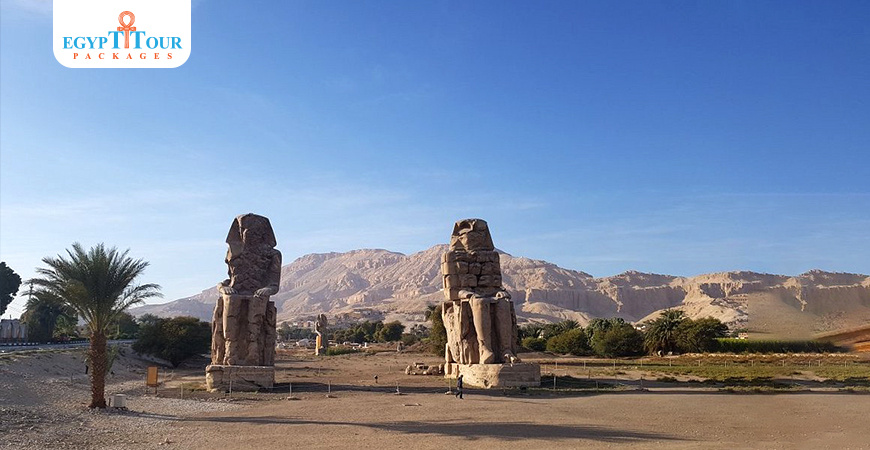



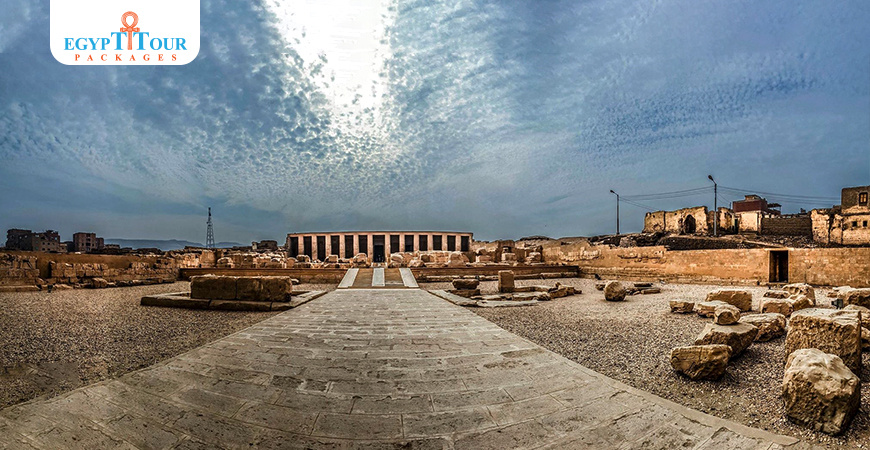





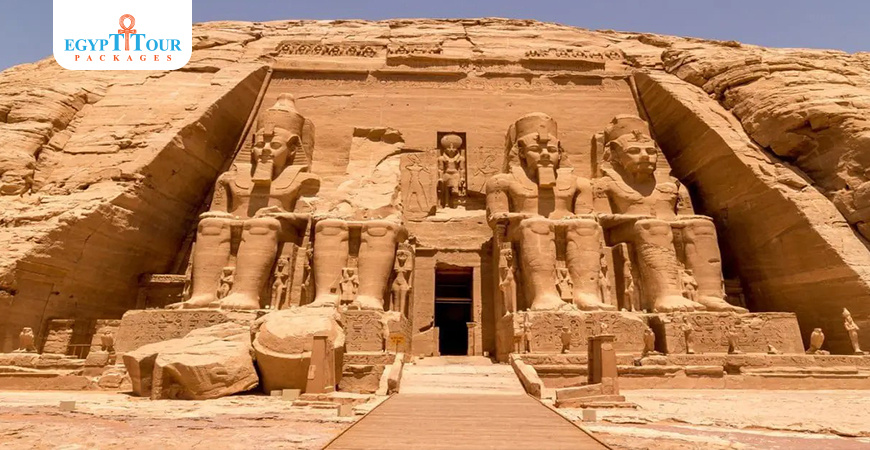
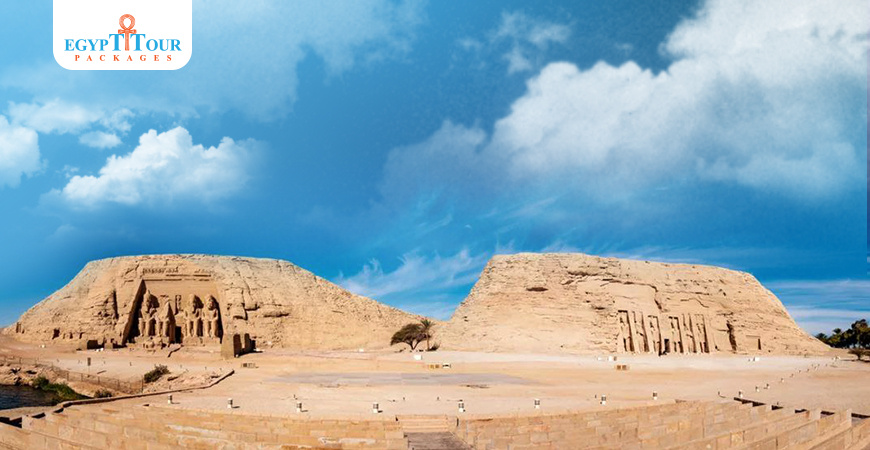
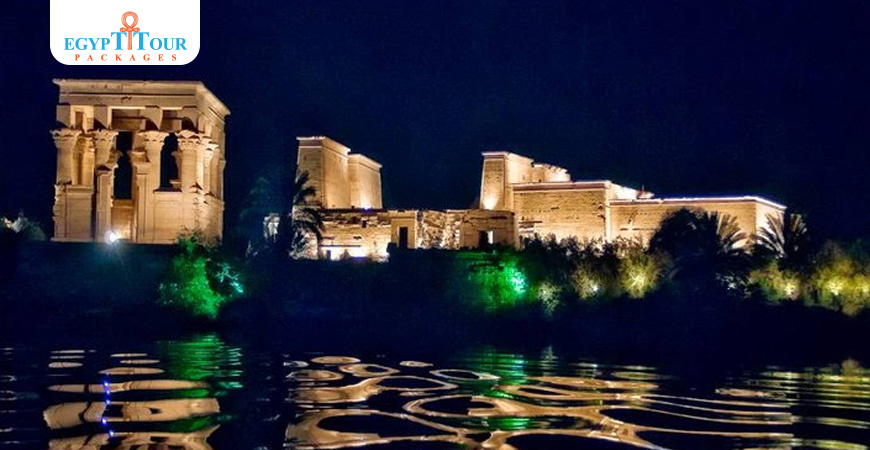
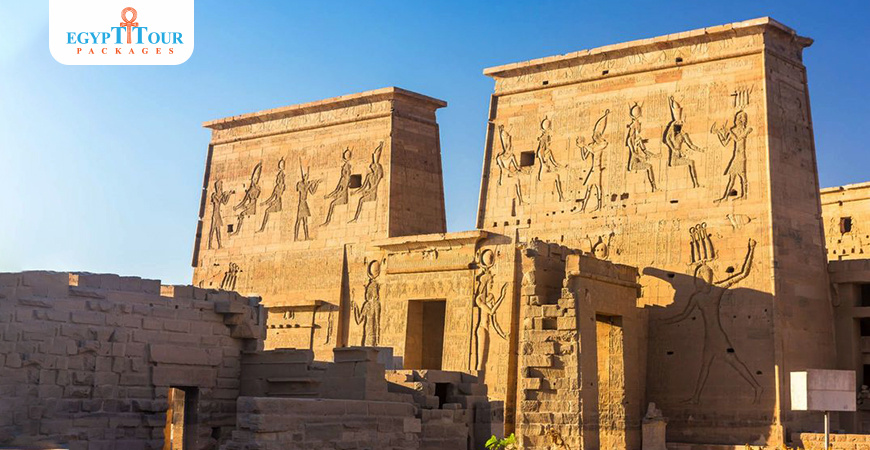
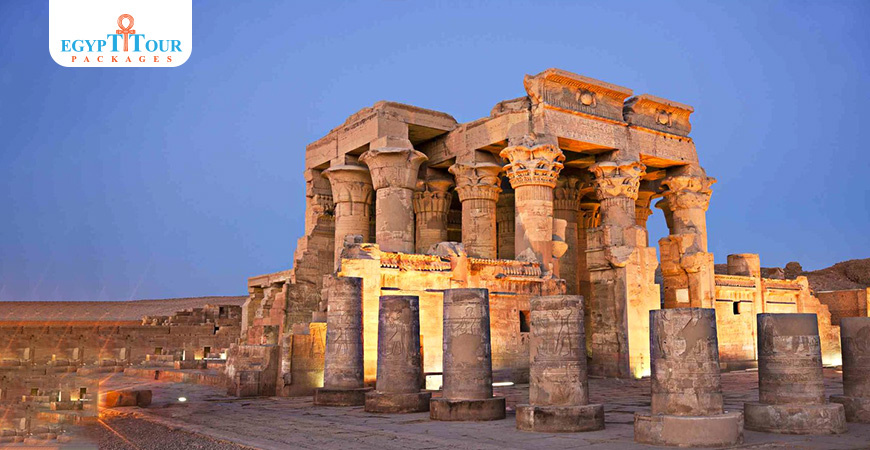
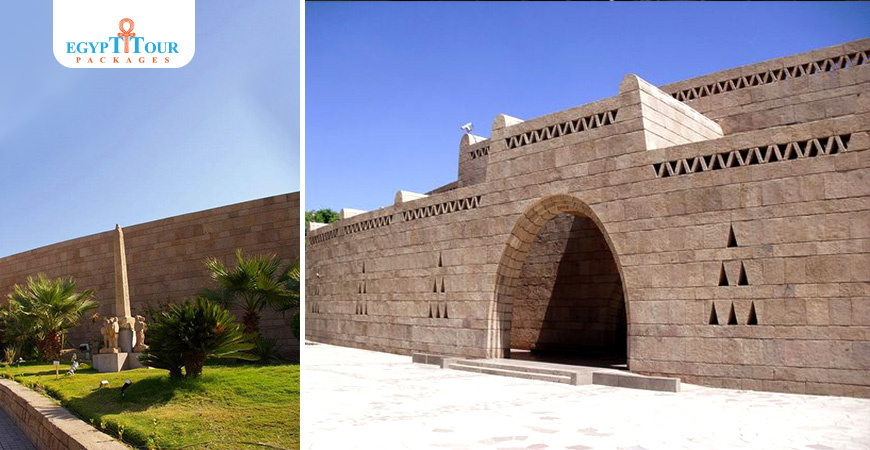
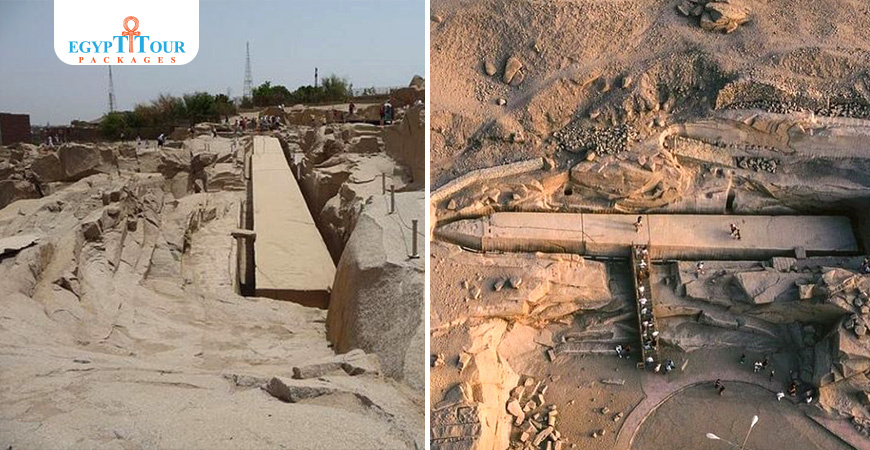
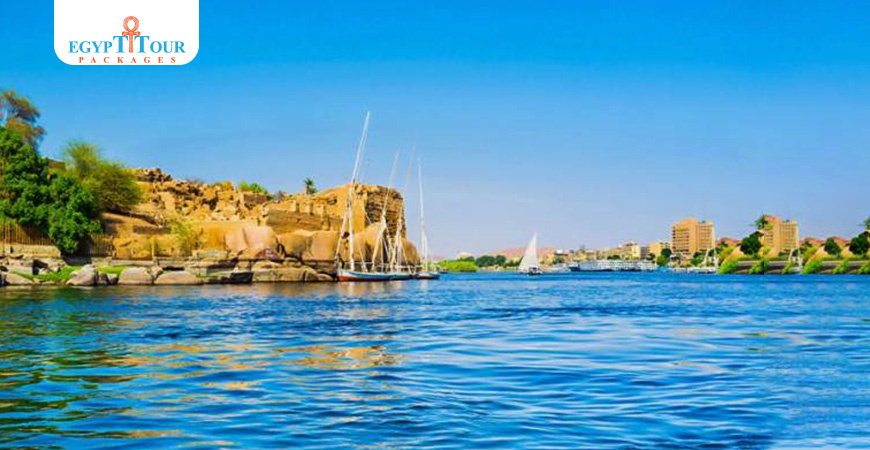
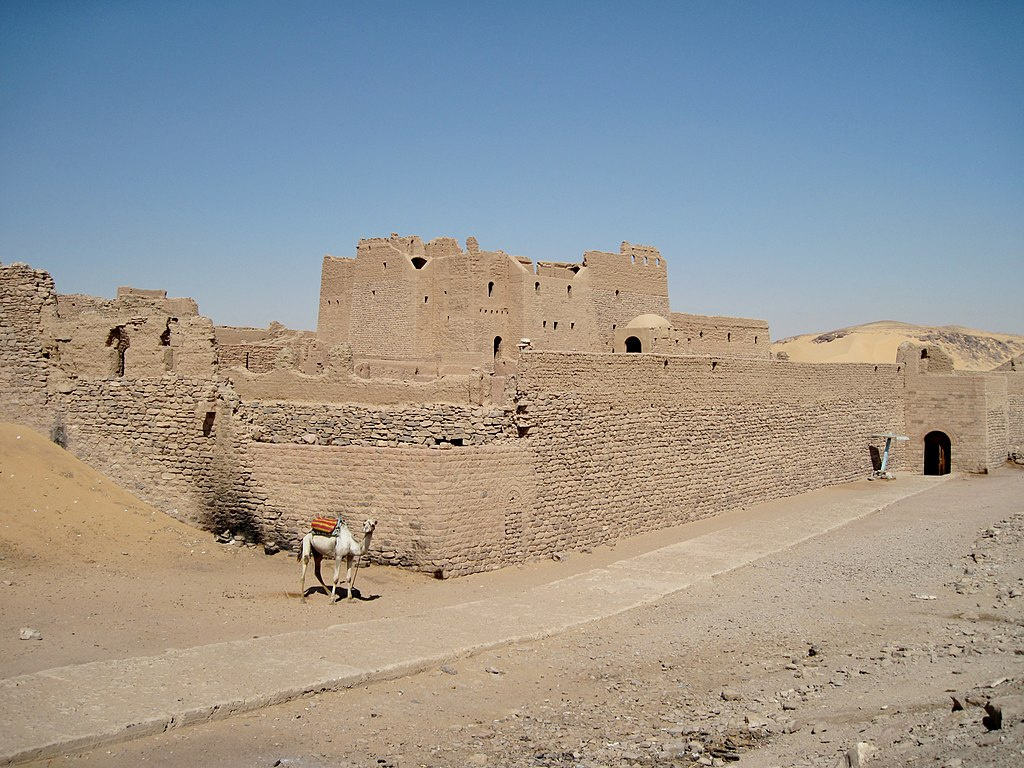
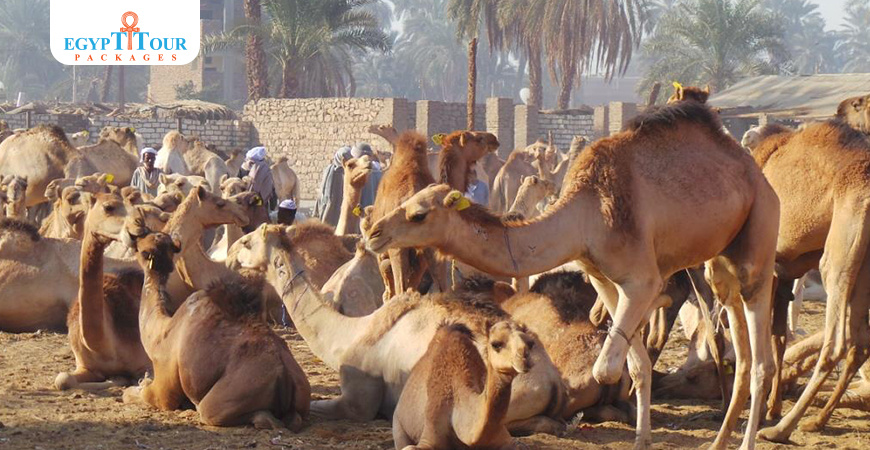
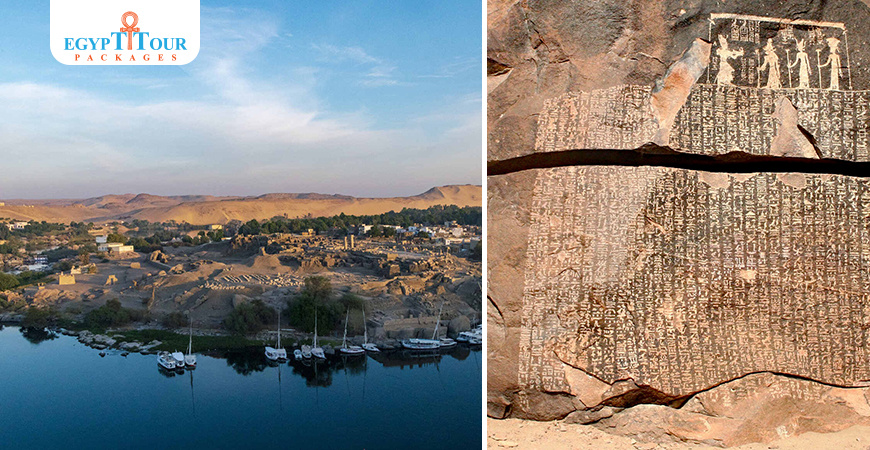
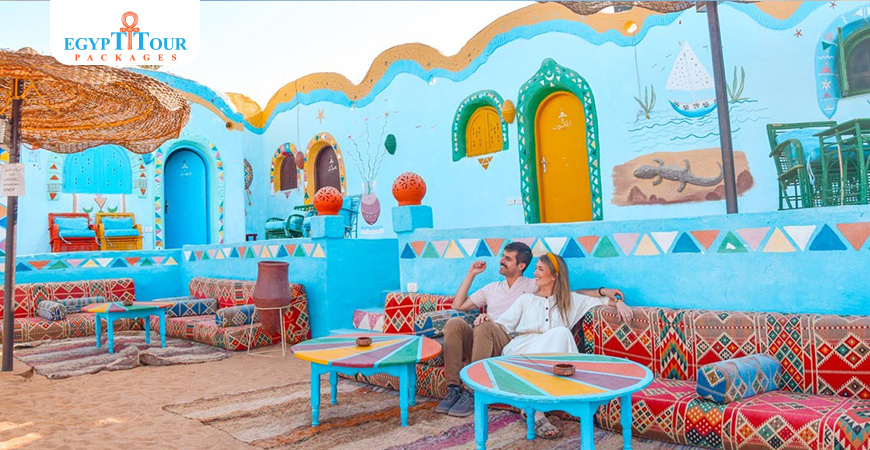

0 Comments